Generation of human cerebral organoids with a structured outer subventricular zone
Institute of Oncology Research
The Stem Cells and Cancer Laboratory, directed by Prof. Arianna Baggiolini at the Institute of Oncology Research (IOR, affiliated to USI and member of Bios+) generated a novel brain organoid model that faithfully recapitulates some specific aspects of the human brain and the presence of outer radial glia (oRG).
Human pluripotent stem cells (hPSC) can be directed to differentiate into brain organoids, intricate 3D structures that mimic specific aspects of the cellular composition and tissue architecture of the human brain. These hPSC-derived brain organoids have opened avenues for research across various domains, including neurodevelopment, neurodevelopmental disorders, primate evolution, neurodegenerative disorders, and pathogenic infections.
Human PSC-derived brain organoids are composed of ventricular areas populated by neural progenitor cells, called radial glia. Different subtypes of radial glia exist, including the outer radial glia (oRG), a neural progenitor population particularly enriched in primates’ brains and believed to be an evolutionary driver of the expansion of the cortex in primates. The use of hPSC-based technologies holds promise for studying this population in a human context. Nevertheless, brain organoids derived from guided differentiation methods often exhibit a deficiency in outer radial glia (oRG).
The discovery
This study, led by the IOR scientist Dr. Raffaele Luongo in close collaboration with researchers from the laboratory of Dr. Lorenz Studer at the Memorial Sloan Kettering Cancer Center (MSKCC), shows a novel approach to generating brain organoids from hPSC containing a robust oRG population. Unlike previous methods, where guided differentiations often led to a scarcity of oRG, the researchers introduced exogenous leukemia inhibitory factor (LIF) into the cultures. Remarkably, this addition facilitated the emergence of an oRG population closely resembling fetal oRG.
Dr. Luongo and colleagues have also questioned where LIF signaling comes from in the human brain. Their research indicates that multiple cell types within the human fetal cortex, including cortical pericytes, are responsible for secreting LIF.
Leveraging this discovery, the Stem Cells and Cancer laboratory has developed a protocol to generate human cortical pericytes from hPSC, which exhibit LIF secretion in vitro, mirroring their natural function within the brain. Finally, the addition of hPSC-derived cortical pericytes to brain organoids recapitulates exogenous LIF treatment and promotes the emergence of an oRG population.
This research underscores the crucial role played by the brain microenvironment in promoting the variety and differentiation of neural progenitor cells.
Link: 10.1016/j.celrep.2024.114031




